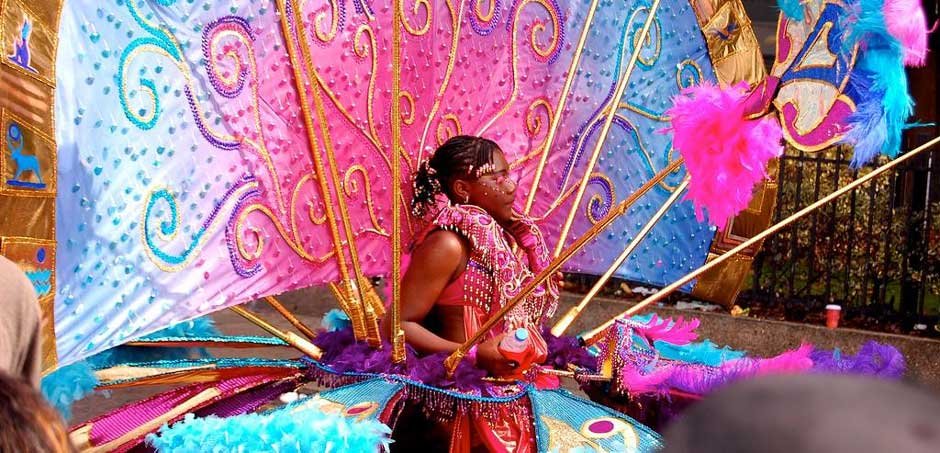Are you considering a trip to the Caribbean? If so, it’s time to start planning your adventure to El Caribeñol, a unique region known for its attractions and rich traditions. In this comprehensive guide, we’ll provide you with all the essential information you need to know about El Caribeñol, from its intriguing history to its current state. Whether you’re a first-time visitor or a seasoned traveler, this blog post will ensure you have a memorable experience while avoiding common tourist traps. Let’s dive in and discover the wonders of El Caribeñol!
History of El Caribeñol
El Caribeñol, also referred to as El Bajío, is the smallest and least affluent of the 11 provinces in the Dominican Republic. With a land area of 9,000 square kilometers and a population of just over 1 million, it was originally part of Haiti but became part of the Dominican Republic in 1844.
Primarily an agricultural province, El Caribeñol’s main crops are sugar cane and coffee, with smaller quantities of other agricultural products. The region also boasts significant deposits of silver, zinc, and lead. Among its small industrial centers are the city of Santiago de los Caballeros and the port town of Puerto Plata. The beauty of its countryside and colonial cities attracts tourists, making tourism a vital economic activity in El Caribeñol.
The Economy of El Caribeñol
El Caribeñol relies heavily on the tourism industry, with a substantial portion of its GDP generated by international visitors. Other significant sources of income include shipping, manufacturing, and agricultural exports. The government actively supports the economy through various initiatives, including infrastructure investment and the promotion of export-oriented businesses. The Central Bank of Puerto Rico monitors the overall economic health of the region.
Weather in El Caribeñol
El Caribeñol experiences a tropical climate, characterized by a rainy season from May to November and a dry season from December to April. The temperature ranges from 18°C in the morning to 34°C in the afternoon. The average annual rainfall is 1,320 mm, although the northern part of the country has a drier climate with an average rainfall of 760 mm.
Language and Culture in El Caribeñol
The language spoken throughout the region, known as El Caribeñol, is a unique Caribbean variant of Spanish. It has evolved over time, incorporating elements of indigenous languages and local dialects. El Caribeñol is widely used in informal settings, such as among friends and family. You may come across specific terms and expressions that are characteristic of this language, often used by locals when interacting with outsiders. For instance, the term “change” refers to someone who is overbearing or boastful.
Health Care in El Caribeñol
El Caribeñol boasts excellent and affordable healthcare services. The quality of care is exceptional, with cutting-edge treatments available in numerous hospitals and clinics across the region. In addition to government-run healthcare facilities, patients can also choose to visit private doctors who often charge lower fees.
When traveling to El Caribeñol, it is advisable to avoid drinking untreated water. Locals typically consume bottled or filtered water, and it’s wise to exercise caution when consuming water from unknown sources.
Education in El Caribeñol
One of the notable aspects of El Caribeñol is its diverse education system. From preschool to postgraduate levels, students have various options available to them. Whether you prefer a public school, a private institution, or even a seminary, you’ll find suitable choices. Additionally, the region is home to several international schools that offer different curriculums and teaching methods.
El Caribeñol houses both private and public universities. The University of Puerto Rico at Mayagüez, founded in 1871, is the most renowned university in the region. Other private universities include the Interamerican University of Puerto Rico, Centro de Estudios Superiores de Mayagüez (CESM), and Universidad Católica Isabel II de Mayagüez. Many students also pursue degrees in seminaries, such as licenciaturas or masters.
Religion in El Caribeñol
The dominant religion in El Caribeñol is Roman Catholicism, with a significant majority of the population identifying as Catholics. Protestantism also has a presence, albeit to a lesser extent. Additionally, there are small communities practicing Judaism and Islam. Indigenous religions, such as Santería and Voodoo, are also observed by a portion of the population.
Arts and Culture
El Caribeñol, located in San Pedro de Macorís within the Eastern District of the Dominican Republic, was founded by Spanish colonists in 1635 as La Nueva Guatemala de Occidente. Its name, “El Caribeñol,” stems from the Spanish word “caribe,” meaning “the Caribbean.” The town is renowned for its colonial architecture and rich cultural heritage. Visitors can explore various museums, including the Museo del Cabildo and the Museo Rafael Trujillo. El Caribeñol actively participates in numerous festivals, such as the Santo Domingo carnival and the Feria Internacional de la Música Reina Salvadora.
Conclusion
Whether you’re a nature enthusiast, history buff, or simply seeking a relaxing beach getaway, El Caribeñol has something to offer. With its captivating history, vibrant culture, and breathtaking landscapes, this Caribbean region promises an unforgettable experience. Refer to our comprehensive guide when planning your trip, as we cover everything from the best accommodations and dining options to a wide range of activities available in each city. Let our guide enhance your journey, ensuring an enjoyable and fulfilling adventure in El Caribeñol!

